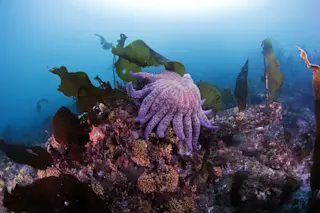If all goes as planned, the Orbiting Carbon Observatory (OCO) will be blasted into space early tomorrow morning, and will become the first spacecraft dedicated to studying carbon dioxide, the leading greenhouse gas driving global warming. Researchers say the satellite will answer long-standing questions.
Thirty billion tons of carbon dioxide waft into the air from the burning of fossil fuels each year. About half stays in the air. The other half disappears. Where it all goes, nobody quite knows.... The new data could help improve climate models and the understanding of the “carbon sinks,” like oceans and forests, that absorb much of the carbon dioxide [The New York Times].
Annual variations in the amount of carbon dioxide in the atmosphere suggest that the carbon sinks may "fill up" some years and be unable to absorb more of the gas. These fluctuations make it hard to predict future conditions, says principal ...














